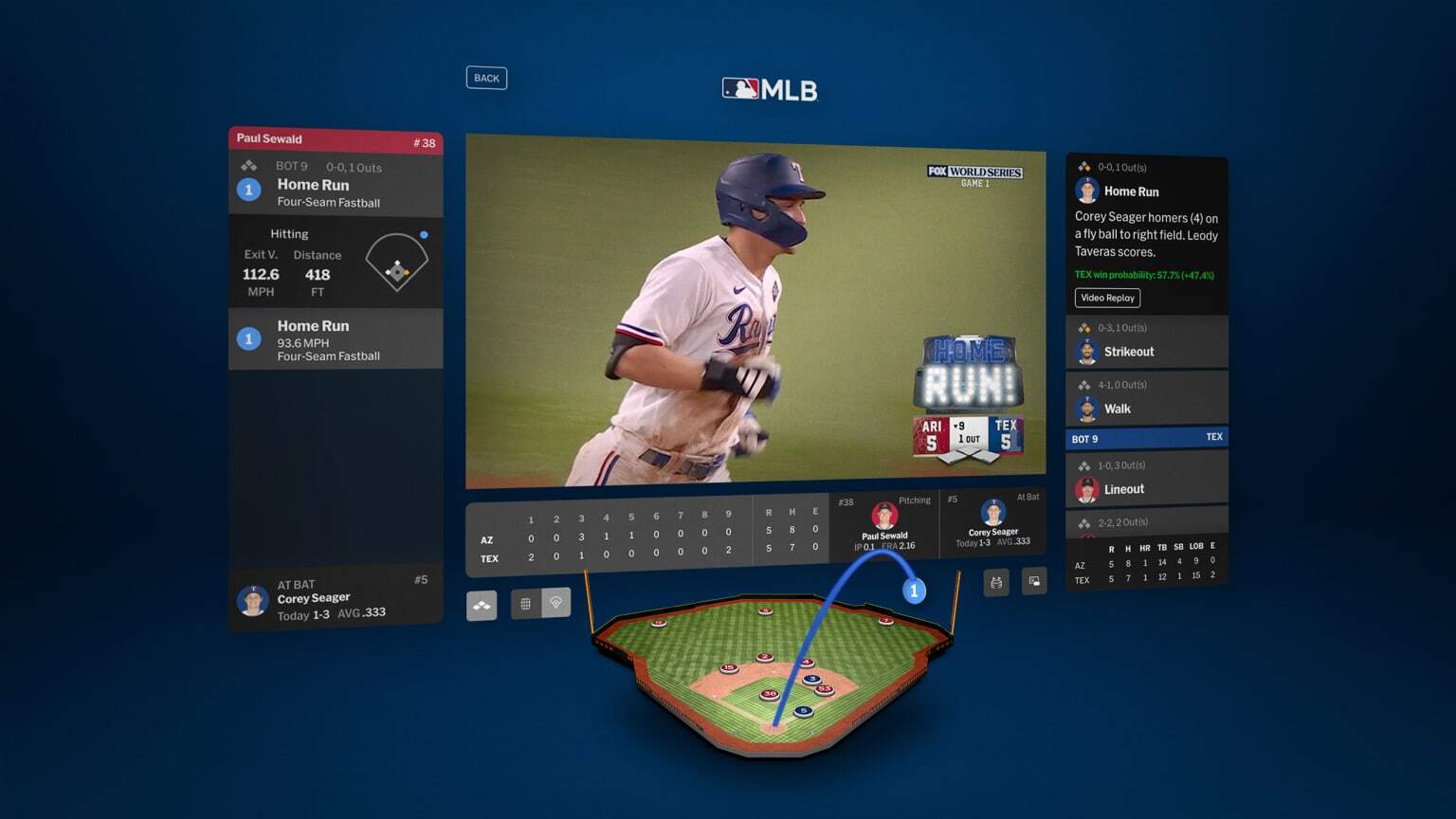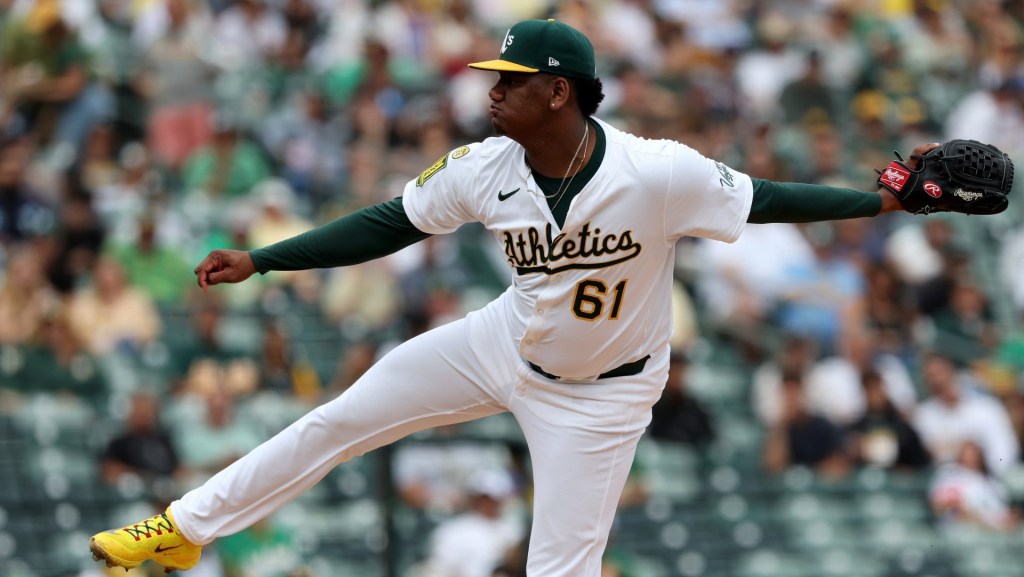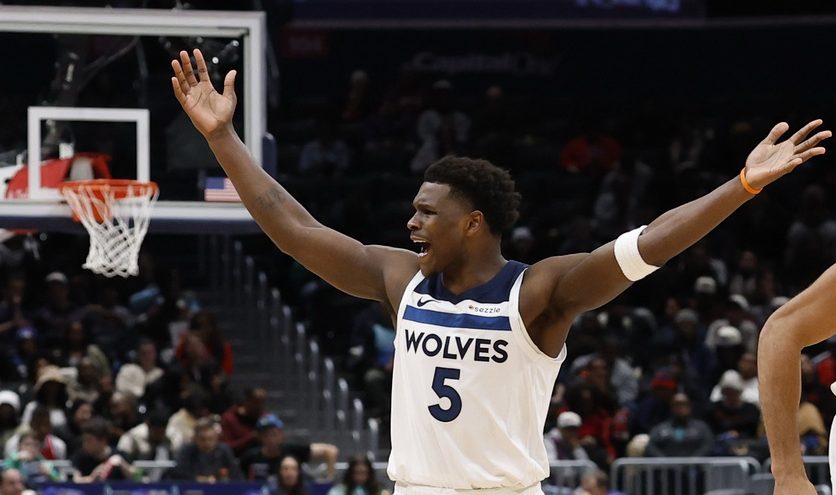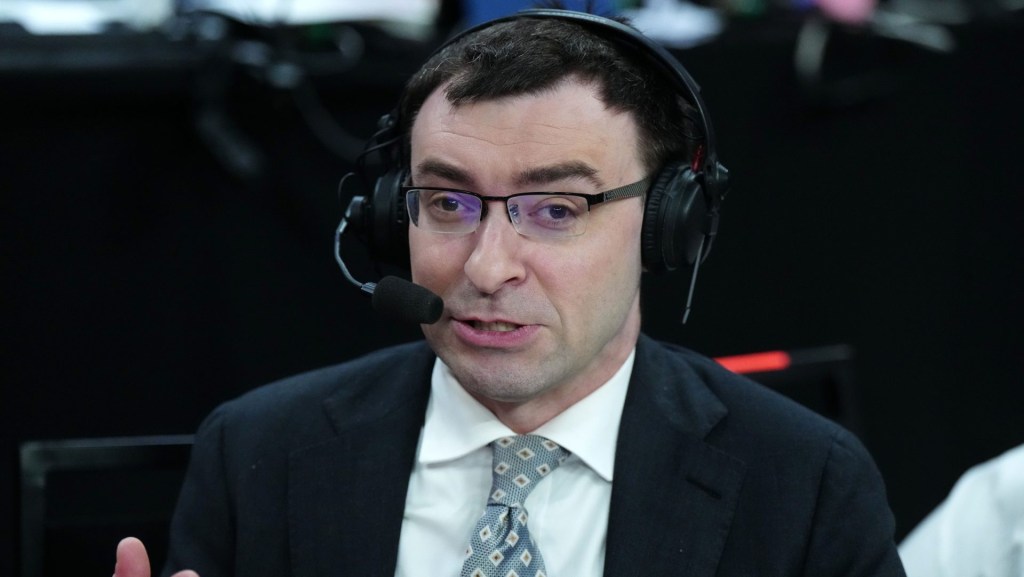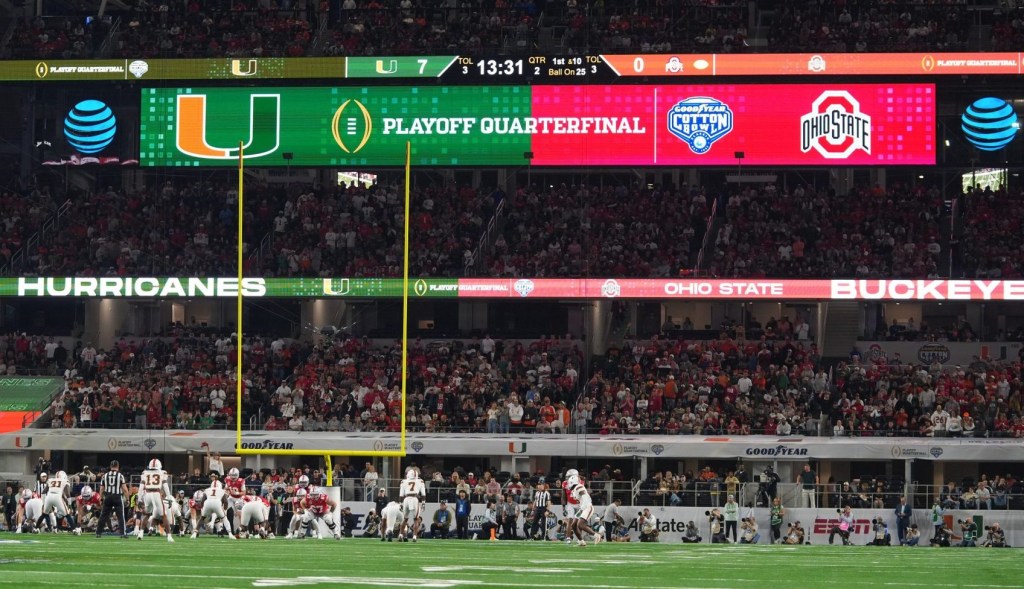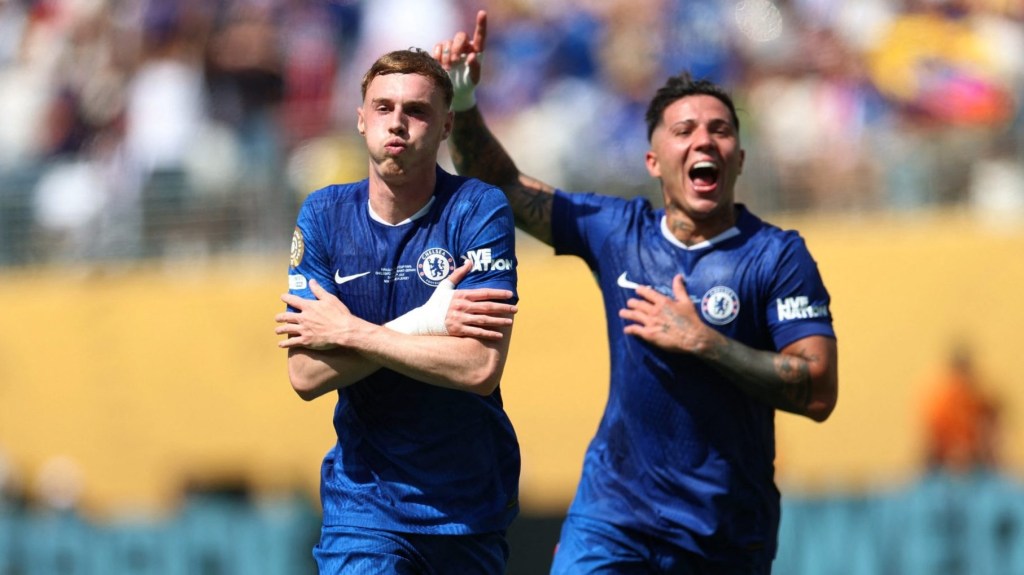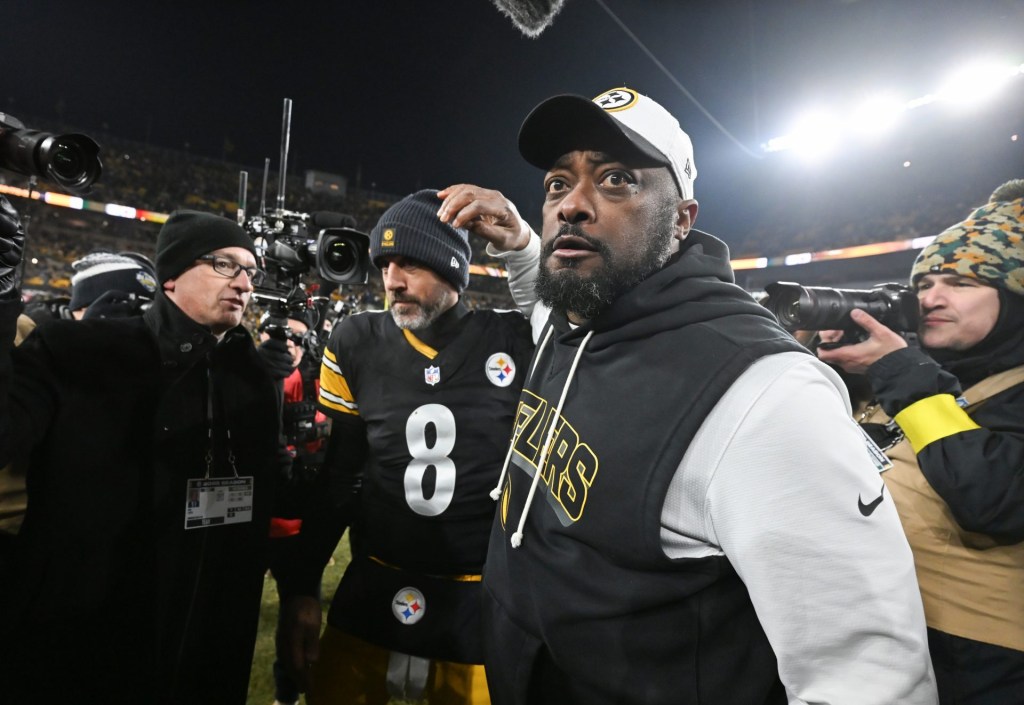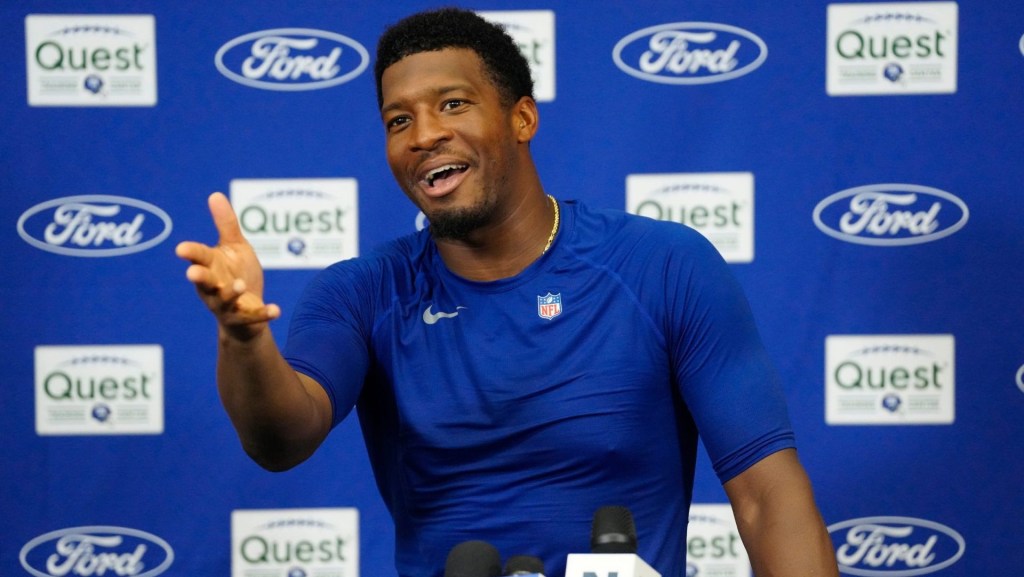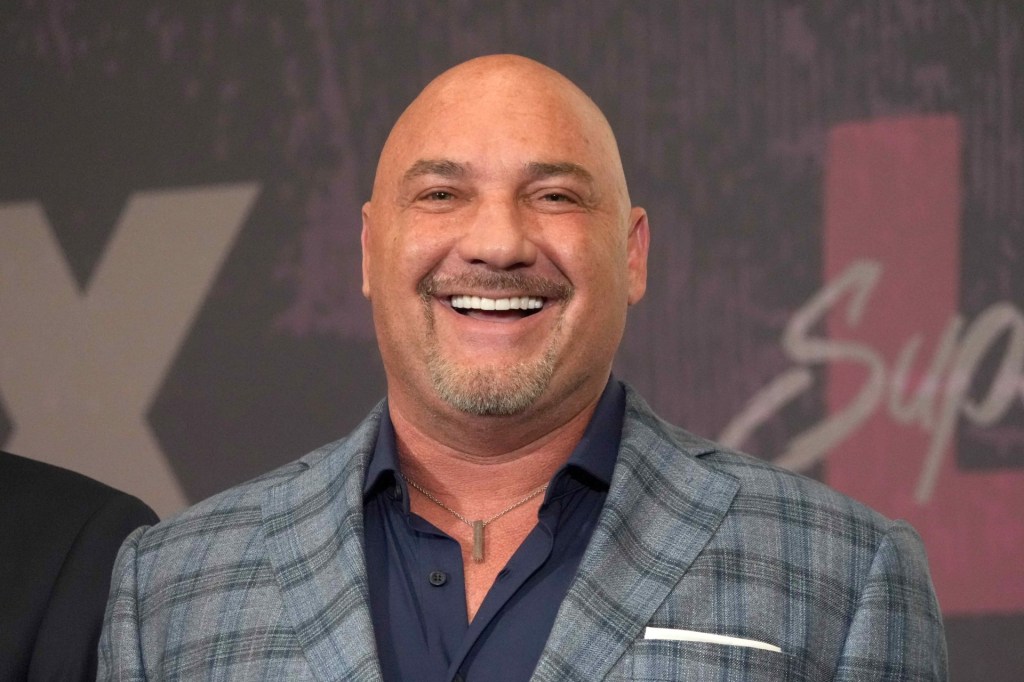Apple is taking another big technology swing, introducing Friday its new mixed-reality headset, the $3,499 Vision Pro. And not surprisingly, several sports leagues have quickly moved to build apps for the headset and take advantage of this new platform, which seeks to advance the notion of “spatial computing.” But arriving right along with the excitement are a series of pressing questions.
MLB, the NBA, and the PGA Tour were among the leagues to be first movers on a device that allows immersive digital media to be integrated with the real world—a fundamental difference from the more isolating nature of most virtual-reality applications.
Sports offerings within the Vision Pro will include live and archival games in 4K resolution, interactive statistics, and three-dimensional enhanced data visualizations—all controlled with eye tracking, speech recognition, and hand gestures.
“The performance of new devices like this simply unlocks a new set of experiences that become possible,” Jamie Leece, MLB senior vice president of games and VR, tells Front Office Sports. “The Vision Pro is so much more powerful than devices that have come before, and has given us more horsepower to do greater things.”
Despite the Vision Pro’s ability to blend actual and virtual realities in a single experience, the technology still encounters many of the same issues that have hampered sports in VR for years, notably a conflict with the social interaction that is inherent to watching live games. Many of the leagues already active on Vision Pro are working on synchronized experiences in which two headset users who are geographically separated can watch a live game together. But group-viewing of games in a real-world setting will still be challenged with the Vision Pro, and not just because of the high price point.
“If you and I were together in the same space and wanted to watch anything, baseball or otherwise, I don’t know if we’d make the choice of both putting a headset on, even if we were fortunate to have two Vision Pros,” Leece says.
